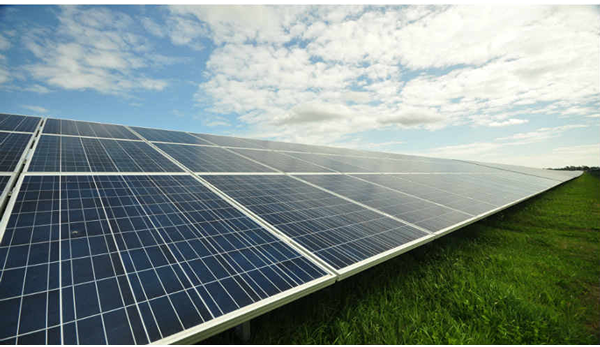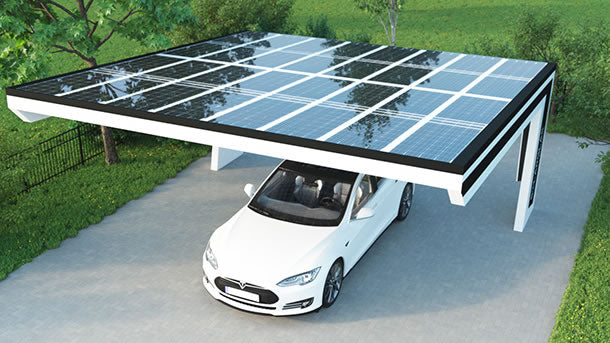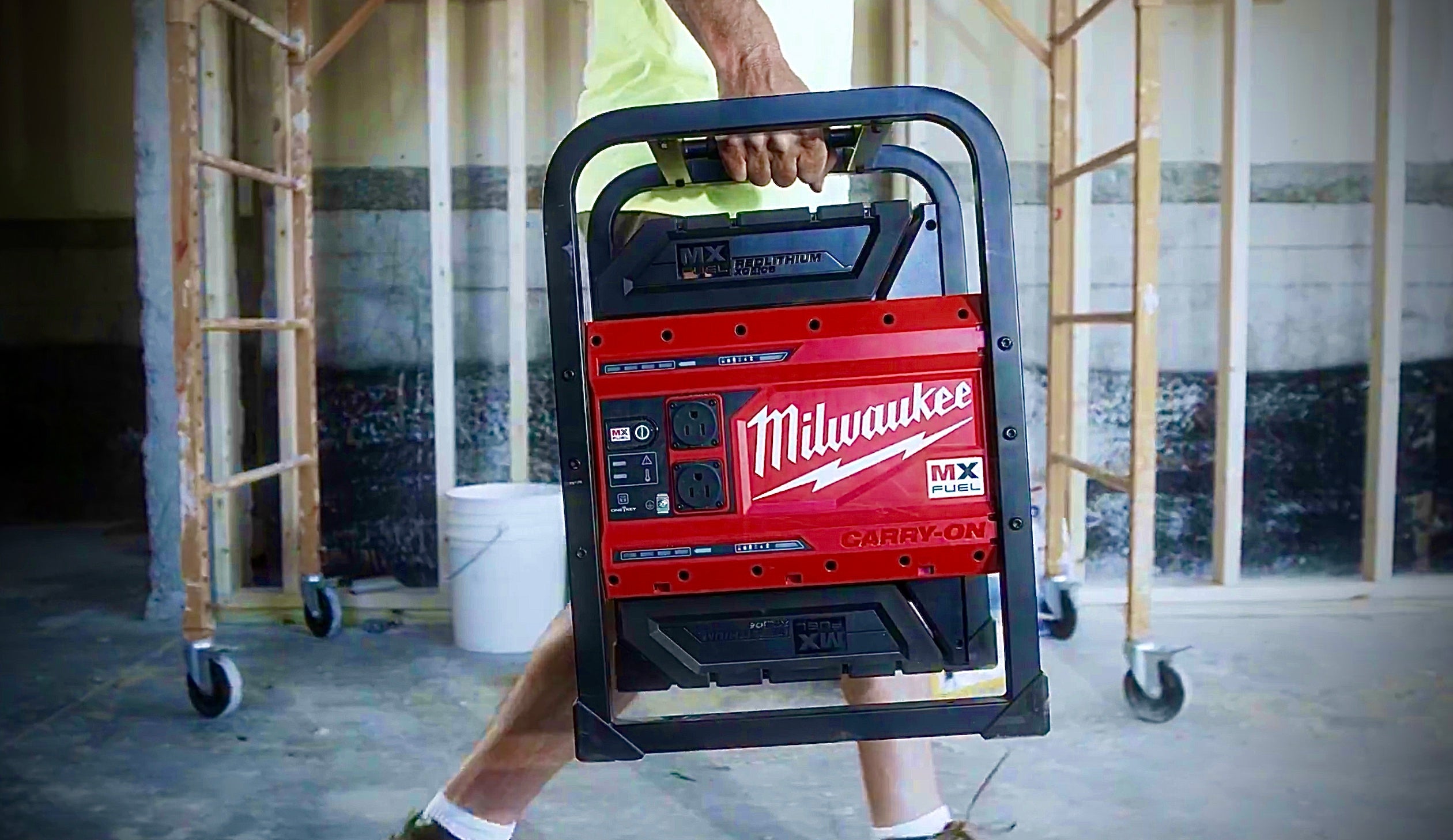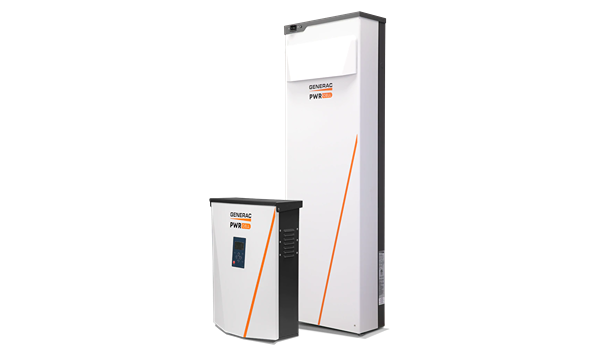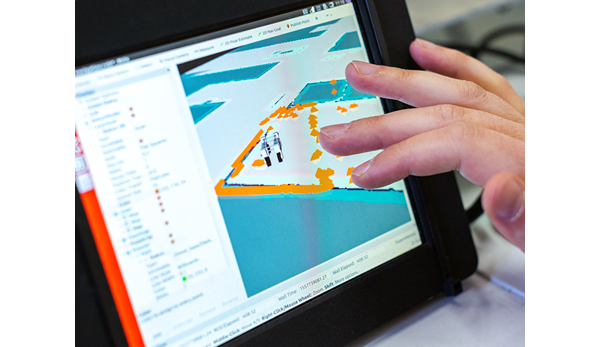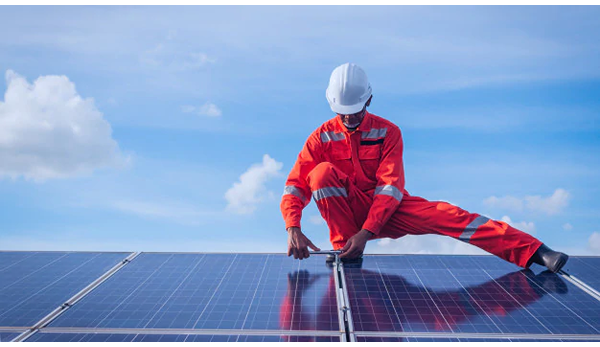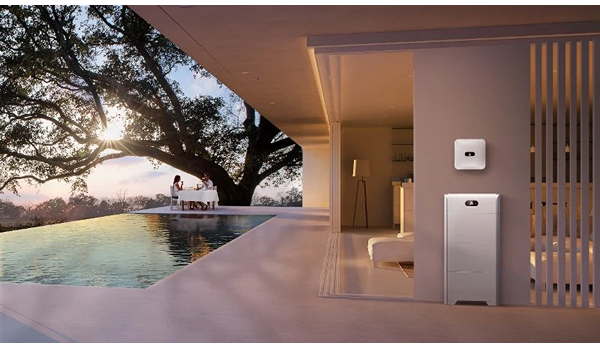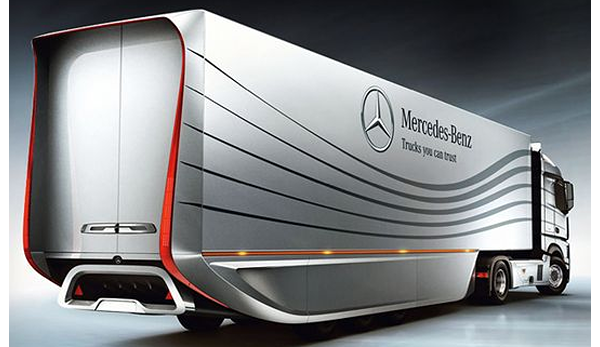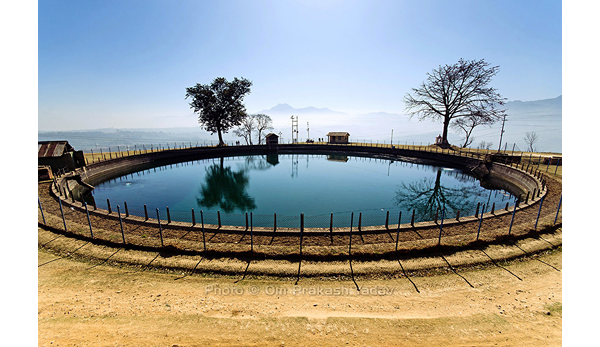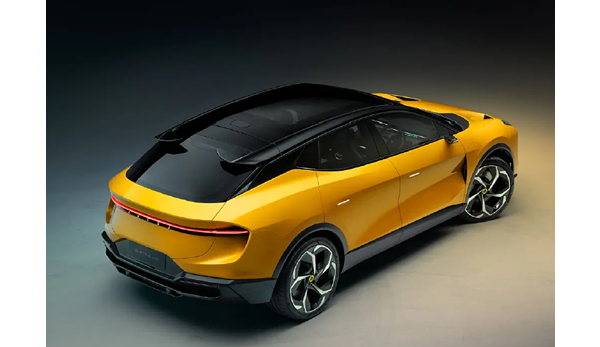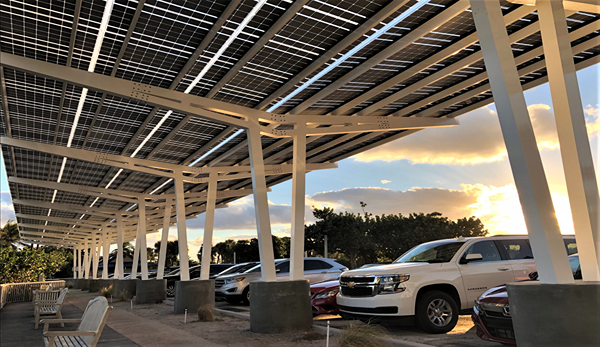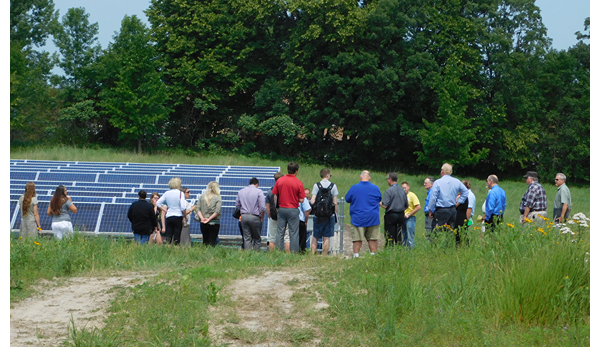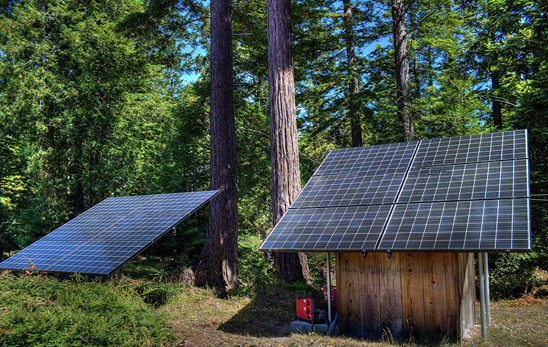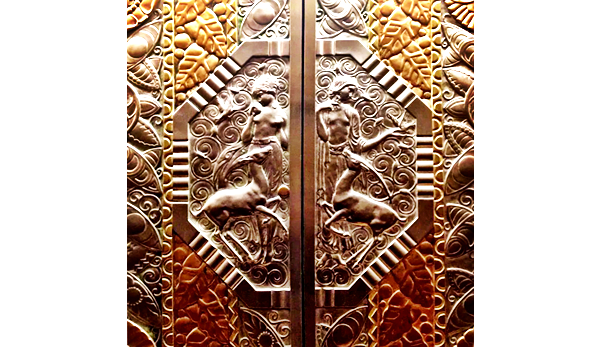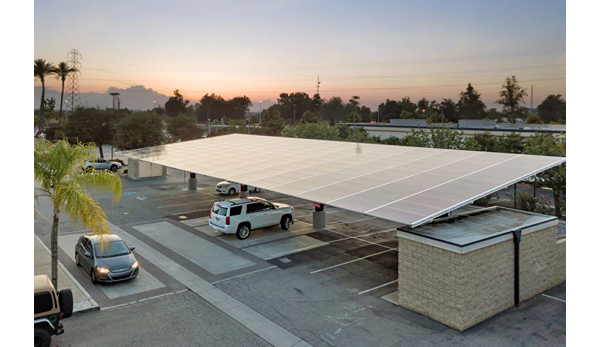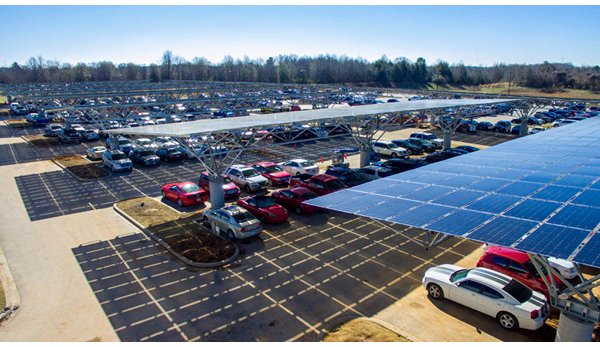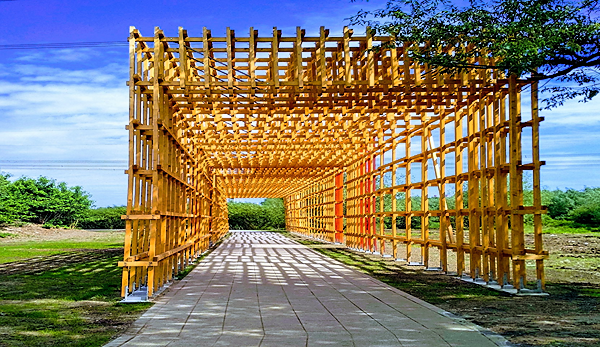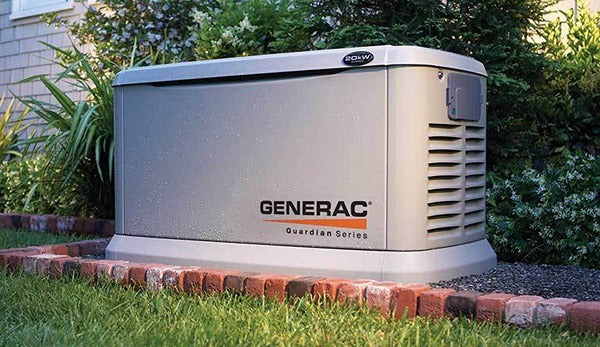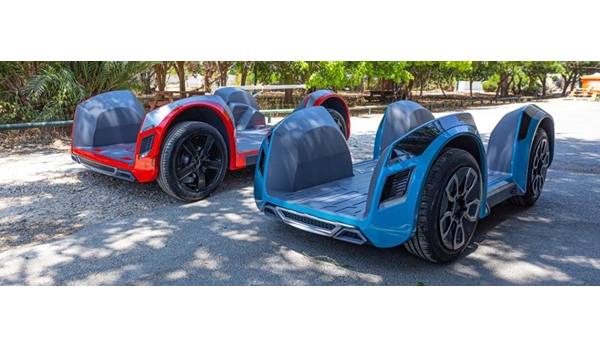
What is a Half Cell Solar Panel?
What is a Half Cell Solar Panel?
Solar panels are rapidly gaining popularity as a clean and sustainable source of energy, and half cell solar panels are emerging as one of the most innovative and efficient options in the market. In this article, we will provide you with a comprehensive overview of half cell solar panels, including their technology, efficiency, manufacturing process, costs, applications, maintenance, and environmental impact.
Brief Overview of Solar Panels
Before we dive into the specifics of half cell technology, let's take a quick look at solar panels in general. A solar panel is a device that converts sunlight into electricity through a process called the photovoltaic effect. Solar panels are made up of solar cells that are connected to each other and mounted onto a frame, which can be installed on rooftops, car ports or on ground mounts. When sunlight hits the solar cells, it causes electrons to move, creating a flow of electricity that can be harnessed for various applications.
Explanation of Half Cell Technology
Half cell technology is a relatively new development in solar panel technology that enhances the efficiency and durability of solar panels. The basic principle of half cell technology is to split the solar cell into two halves, which are then connected in series. This creates two smaller and more efficient cells that are less prone to damage and have a longer lifespan than traditional solar cells.
How do Solar Panels Work?
To understand how half cell technology works, it's important to first understand the photovoltaic effect. When sunlight hits a solar cell, it causes electrons to move from the valence band to the conduction band, creating a flow of electricity. There are three main types of solar panels: monocrystalline, polycrystalline, and thin-film.
Monocrystalline panels are made from a single crystal of silicon, while polycrystalline panels are made from multiple crystals. Thin-film panels, as the name suggests, are made from a thin layer of photovoltaic material, such as amorphous silicon, copper indium gallium selenide (CIGS), or cadmium telluride (CdTe).
How Electricity is Generated in a Solar Panel
Once the solar cells are connected in a panel, they generate direct current (DC) electricity, which needs to be converted into alternating current (AC) electricity to be used in homes and businesses. This is done through an inverter, which is typically installed alongside the solar panel system.
Half Cell Solar Panels Explained
Now that we have a basic understanding of solar panels and the photovoltaic effect, let's take a closer look at half cell technology. In simple terms, a half cell solar panel is a panel that has twice as many solar cells as a conventional panel, but each cell is half the size. The cells are also interconnected in a different way, with each half-cell connected in series to improve the efficiency and performance of the panel.
How Half Cell Panels Differ from Conventional Solar Panels
One of the key differences between half cell panels and conventional solar panels is their layout. While conventional panels have a full-cell layout, half cell panels have a split-cell layout. This means that each cell is cut in half and wired in series, which creates a more efficient electrical pathway for the flow of electricity. Half cell panels also tend to have a higher voltage output and a lower temperature coefficient, which means they are less sensitive to temperature changes and perform better in hot weather.
Advantages of Using Half Cell Solar Panels
There are several advantages to using half cell solar panels, including higher efficiency, better durability, and lower resistance. Half cell panels also tend to perform better in low-light conditions and have a longer lifespan than conventional panels. Additionally, half cell panels can be a cost-effective option for larger solar panel systems, as they require fewer materials to produce the same amount of electricity as a conventional panel.
How are Half Cell Solar Panels Made?
The manufacturing process for half cell solar panels is similar to that of conventional panels, with a few key differences. To create a half cell panel, the solar cells are first cut in half using a specialized saw. The halves are then wired together in series using a conductive adhesive, and a layer of protective material is applied to the cells to increase their durability and resistance to environmental factors. The cells are then assembled into a panel and connected to a junction box and a frame.
Materials Used in Making Half Cell Solar Panels
The materials used in making half cell solar panels are similar to those used in conventional panels, with the exception of the conductive adhesive used to connect the cells. This adhesive is typically made from a silver paste or a copper paste, which helps to conduct electricity between the cells and create a more efficient electrical pathway.
Differences Between Conventional and Half Cell Panel Manufacturing
The main difference between conventional and half cell panel manufacturing is the sawing process used to cut the cells in half. This process requires specialized equipment and can be more time-consuming and costly than conventional panel manufacturing. However, the increased efficiency and durability of half cell panels can offset these costs in the long run.
Efficiency and Performance of Half Cell Solar Panels
The efficiency of a solar panel refers to the amount of sunlight that can be converted into usable electricity. Half cell solar panels are known for their high efficiency rates, which can range from 20% to 23%, depending on the manufacturer and the specific panel. This is higher than the efficiency rates of many conventional panels, which typically range from 15% to 20%. The higher efficiency of half cell panels can translate into better performance, particularly in low-light conditions or when space is limited. This is because the smaller cells reduce the amount of energy loss and improves overall performance.
The efficiency of a solar panel also affects its performance. Higher efficiency means that the panel can generate more electricity with the same amount of sunlight. This is particularly important in areas with less sunlight or during cloudy days. Factors that can affect the performance of half cell solar panels include shading, temperature, and the angle and orientation of the panel.
How Efficiency Affects Performance
The efficiency of a solar panel can have a significant impact on its performance. A more efficient panel can generate more electricity from the same amount of sunlight, which can translate into cost savings and faster payback periods. Additionally, a more efficient panel may be able to generate electricity in lower light conditions or on cloudy days, which can increase its overall output over time.
Factors That Affect Performance
There are several factors that can affect the performance of a solar panel, including temperature, shading, orientation, and tilt angle. Half cell panels tend to perform better in hot weather and are less sensitive to temperature changes than conventional panels. Additionally, half cell panels may be less affected by shading, as the split-cell layout allows for more flexibility in panel design and placement.
Costs of Half Cell Solar Panels
The cost of a solar panel system can vary depending on several factors, including the size of the system, the manufacturer, and the location. Half cell solar panels tend to be slightly more expensive than conventional panels, but their higher efficiency rates can offset this cost over time. Additionally, the cost of solar panels has been steadily declining over the past decade, making solar energy a more affordable option for homeowners and businesses alike.
Price Comparison Between Conventional and Half Cell Solar Panels
The price of a conventional solar panel can range from $0.50 to $0.80 per watt, while the price of a half cell panel can range from $0.60 to $1.00 per watt, depending on the manufacturer and the specific panel. While this may seem like a significant price difference, the higher efficiency and performance of half cell panels can make them a cost-effective option over the long term.
Factors That Influence the Cost of Half Cell Solar Panels
There are several factors that can influence the cost of half cell solar panels, including the cost of materials, the manufacturing process, and the location of the manufacturer. Additionally, the size of the system and the complexity of the installation can also affect the overall cost of the
Costs of Half Cell Solar Panels
While half cell solar panels are generally more efficient than conventional solar panels, they also tend to be more expensive. The cost of a half cell solar panel can be up to 20% more than the cost of a conventional solar panel. However, this higher cost can be offset by the savings in energy bills over time. The payback period for a half cell solar panel can range from 5 to 10 years, depending on the location and the cost of electricity.
Factors that influence the cost of half cell solar panels include the size of the panel, the efficiency rate, and the materials used in manufacturing. Half cell solar panels are typically made using high-quality materials such as monocrystalline silicon, which is more expensive than polycrystalline silicon used in conventional solar panels.
Applications of Half Cell Solar Panels
Half cell solar panels can be used for a variety of applications, including residential, commercial, and utility-scale projects. They can also be used for portable solar panels, which are ideal for outdoor activities such as camping and hiking.
In residential applications, half cell solar panels can be mounted on rooftops or integrated into the design of a building. They can help homeowners reduce their energy bills and become more energy independent. In commercial applications, half cell solar panels can be used to power offices, factories, and warehouses.
Utility-scale applications of half cell solar panels involve large solar farms that generate electricity for the grid. These projects can provide clean energy to communities and reduce reliance on fossil fuels.
Maintenance and Lifespan of Half Cell Solar Panels
Half cell solar panels require minimal maintenance, but regular cleaning and inspection can help ensure optimal performance. Cleaning can be done with a soft brush or a gentle stream of water to remove dirt and debris. Inspection can help identify any damage or defects in the panels that may affect their performance.
The lifespan of a half cell solar panel can vary depending on the manufacturer and the quality of the materials used. Most half cell solar panels come with a warranty of at least 25 years, and some manufacturers offer guarantees of up to 30 years.
Installation and Integration
Half cell solar panels can be mounted on a variety of surfaces, including rooftops, walls, and the ground. They can also be integrated with existing solar panel systems. Compatibility with different types of inverters should be checked before installation.
Environmental Impact of Half Cell Solar Panels
Half cell solar panels have a number of environmental benefits. They produce clean, renewable energy and do not emit greenhouse gases or other pollutants. However, there are also potential environmental concerns associated with the manufacturing and disposal of solar panels. These include the use of toxic materials and the generation of waste.
To mitigate these concerns, many manufacturers are implementing sustainable practices in their manufacturing processes and developing recycling programs to reduce waste.
Conclusion
In conclusion, half cell solar panels are a newer technology that offers several advantages over conventional solar panels. They are more efficient and have a longer lifespan than conventional solar panels.



